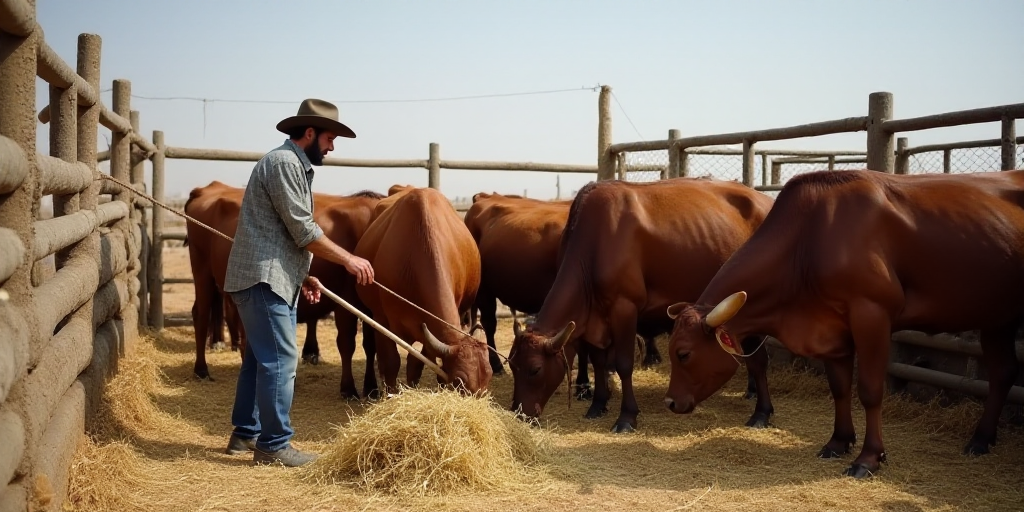Background on Key Figures and Relevance
Homero García de la Llata, president of the National Confederation of Cattle Producers’ Organizations (CNOG), highlighted the work of Julio Berdegué, Mexico’s Secretary of Agriculture and Rural Development. Berdegué has been actively engaged in bilateral agricultural and sanitary matters with the United States during his recent visit to Washington.
The CNOG, representing 700,000 cattle producers from various species and associations, plays a crucial role in Mexico’s cattle industry. The organization convened its 89th General Assembly in Aguascalientes, where representatives met with USDA technical experts and American cattle and feedlot producers to form a Binational Committee against the cattle-killing worm.
Formation of the Binational Committee
On Monday, Mexico and the United States established the Binational Committee against the cattle-killing worm, following an agreement between both governments to control and manage the pest that hadn’t appeared for 30 years. This decision came after Homero García de la Llata, CNOG president, reported on the matter during the CNOG’s 89th General Assembly in Aguascalientes.
The assembly brought together representatives from 2,000 municipal cattle associations, 45 regional cattle unions, and 40 national and registered cattle associations alongside specialists who will participate in the Binational Committee against the cattle-killing worm.
Committee’s Objectives
- Ensure bilateral trade continuity
- Combat the cattle-killing worm outbreak through joint sanitary strategies, training, and genetic improvement
Key Questions and Answers
- Who is Homero García de la Llata? He is the president of the National Confederation of Cattle Producers’ Organizations (CNOG) in Mexico.
- What is the cattle-killing worm? It’s a parasitic worm that affects cattle, causing significant economic losses for producers. It hadn’t been detected in Mexico for 30 years until recently.
- What is the Binational Committee against the cattle-killing worm? It’s a collaborative effort between Mexico and the United States to control and manage the pest through joint sanitary strategies, training, and genetic improvement.
- Why is this relevant for Mexican cattle producers? The cattle-killing worm poses a significant sanitary threat, and Mexican producers are working together with the government to address this challenge.
The cattle industry in Mexico faces challenges related to security and climate change. However, recent cases of the worm in Chiapas and Veracruz have garnered more attention from producers. Despite these obstacles, Mexican cattle producers are collaborating with the federal government and state governments to tackle sanitary, traceability, mobilization, sustainability, training, and genetic improvement issues.






